Most people who enjoy the outdoors know Patagonia as a company which produces outdoor clothing. Still others may know about Patagonia’s long-term dedication to social and environmental responsibility. While those may sound like marketing buzz-words, it turns out they manifest themselves in ways the average person would never imagine.
Social responsibility can mean a lot of things, to a lot of people. In Patagonia’s case, it’s a decision of where they dedicate resources.
What most do not know is that for more than a decade, Patagonia has focused their expertise at providing technical outerwear for the most extreme environments and athletes, to a different customer, US Special Operations Forces. That’s right. Patagonia has a dedicated team, focused on supporting USSOCOM with delivering US Made/Berry Compliant technical cold weather and combat uniforms as prime provider to the Protective Combat Uniform program. What’s more, they’ve cultivated a relationship with a like minded production partner, Peckham Vocational Industries. Itself a company founded upon service to others.
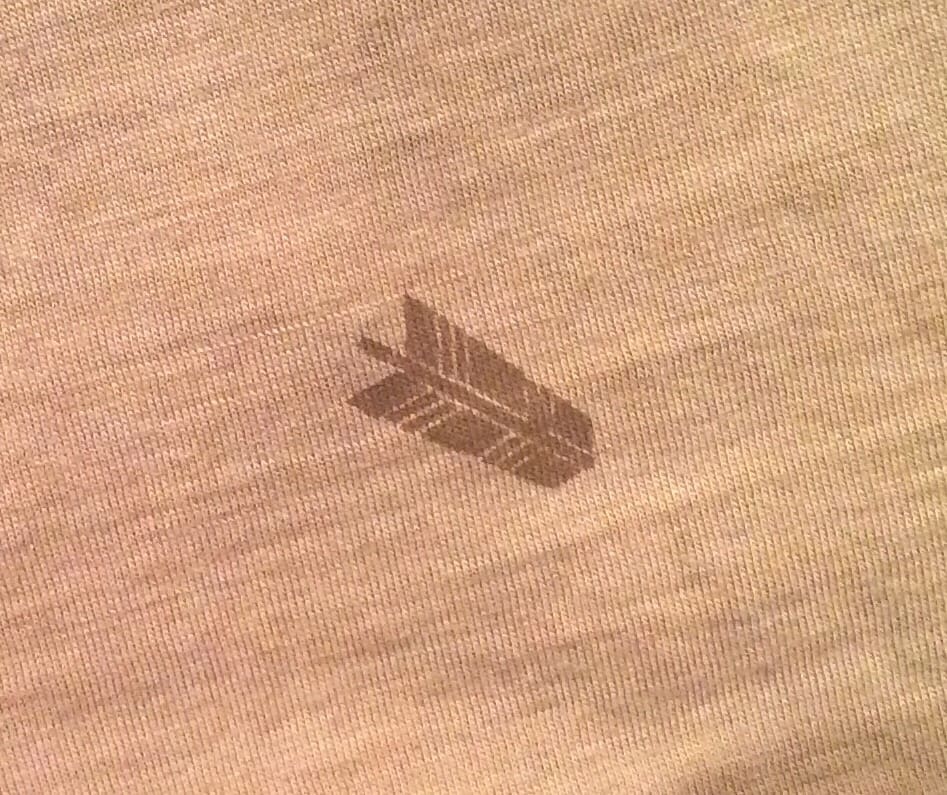
I spoke with Eric Neuron, Director of Strategic Product & Military for Patagonia Works and he related that one unintended, but important outcome of their military work has been a renewed focus on the US manufacturing base. They’ve spent the last three years investing in Peckham Vocational Industries, with technical machinery and knowledge transfer from their global supply chain. Their goal is to build the capacity to produce outdoor apparel that is technically equivalent to what they produce globally.
Part of their dedication to the environment is to produce durable goods which will last, despite arduous conditions, and won’t need to be replaced as often.
Even those familiar with Patagonia’s PCU work usually don’t know how long they have been supporting the military. My relationship with the brand goes back to the late 1980s, when I was assigned to 3rd ID’s Long Range Surveillance Detachment. We were issued thick dark blue pile suits to ward off the cold while in a hide site and polypropylene long underwear, complete with logo on the left chest. Not long after that, very close copies of those garments were included in the US Army’s Extended Cold Weather Clothing System. Right down to the nylon chest pocket.
Throughout the 90s, SOF units would issue specialized pieces of Patagonia clothing for use in extreme environments. But it was not until the Global War On Terror that Patagonia answered the nation’s call and began developing entire clothing systems for SOF.
In 2004, Patagonia commenced work for a SOF customer on an environmental clothing system which was comprised of modifications to what was already in their commercial line. Leveraging their Regulator line of inner layers, this project was dubbed the Military Advanced Regulator System or MARS. Some garments remained the same as their commercially available counterparts but with a color change to Alpha Green, while other items were slightly modified with additions such as sleeve pockets. Later, many components of MARS were produced in Coyote.
At around the same time, the Program Manager for SOF Survival, Support and Equipment Systems invited three vendors in to update their PCU ensemble. The first go around had been developed quickly in-house at Natick Soldier Systems Center, just outside of Boston, with the assistance of renown mountaineer Mark Twight.
The other two vendors bowed out after deciding that they didn’t want to lend their brand names to clothing produced in domestic factories they had little control over. Patagonia jumped in with both feet, refining PCU’s seven levels despite being limited to fabric technologies already in the program. They also worked tirelessly with the Ability One sew house which produced the gear, to keep quality high throughout the process. Even then, Patagonia’s role with PCU didn’t leverage their design capability.
Then, in 2009, Patagonia got their chance to take the lead on a clothing project for PM SSES who decided to develop a SOF Combat Uniform. This garment became PCU Level 9. They held a development event in El Paso, Texas, along with their Ability One partner, bringing in personnel from each of the SOF components to provide feedback on prototypes. This was very much a hands-on event, with multiple evaluations occurring as well as an early use of 3D laser scanning to determine sizes for the operators.
Patagonia’s Cyndi Davis was central in the development of that garment and someone SOCOM would continue to turn to for expertise in the ensuing years. The Patagonia team refined its initial concepts and turned the uniform into reality. Now, they also produce a jungle version of that uniform, called Level 9 HW.

But they haven’t stopped there. Most recently, Patagonia formalized The Lost Arrow Project, a subsidiary of Patagonia Works that is solely focused on their government contracting business. Their aim is build special-purpose clothing and gear for extreme environments, developed specific to the requirements of the government user, and for compliancy in government contracting.
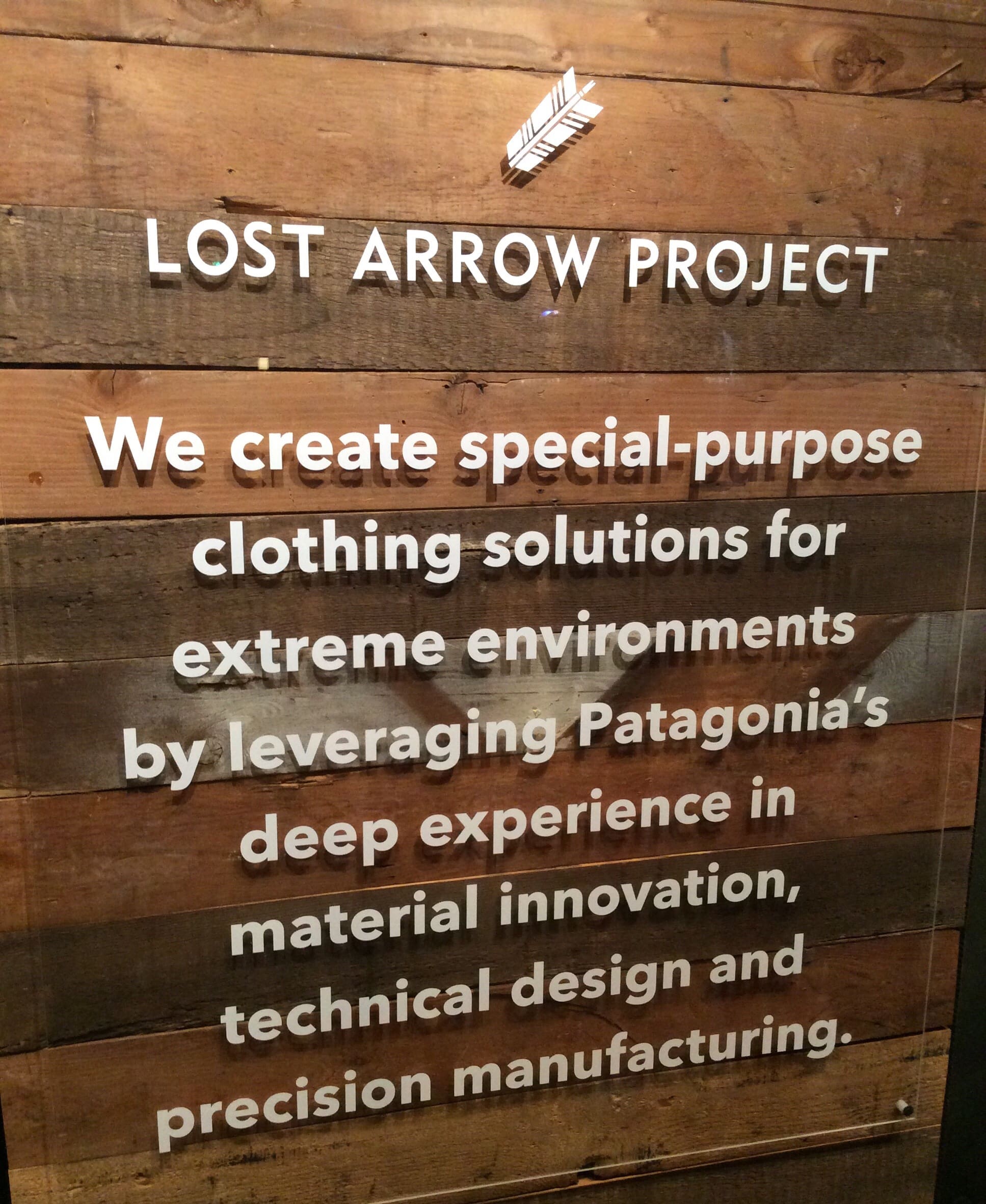
About three years ago, what was to become The Lost Arrow Project, decided to start with a clean slate, envisioning a follow-on to PCU. They brought in one of Patagonia’s most experienced designers, Casey Shaw, who began work on what would eventually become the Military Alpine Recce System. It’s still called MARS, but they’ve transitioned from their older Regulator technology to new materials with a focus on tailored breathability.
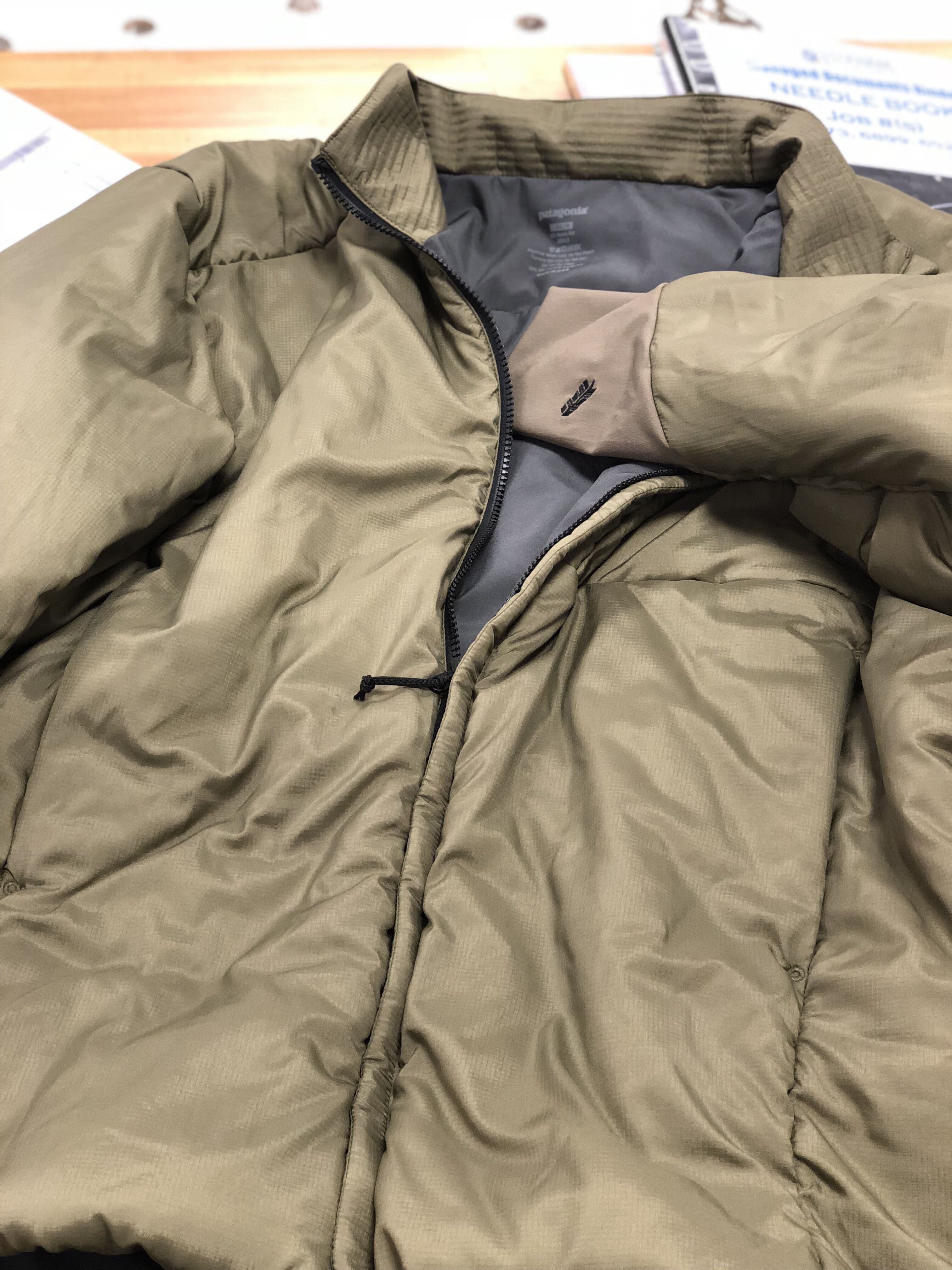
Eric Neuron, sums up their efforts quite well, saying, “The latest iteration of the MARS line of cold weather clothing has redefined the state of the art in domestic outerwear, is a paradigm shift from the status quo of cold weather layering systems, and is the culmination of The Lost Arrow Project.”
This is the first of a four-part series on the Military Alpine Recce System developed by Patagonia’s The Lost Arrow Project. Other installments include an overview of the system and its design, a focus on their production partner Peckham Industries and a deep dive into some of the components. The full system will be on exhibition at SOF Select during SOFIC.
Tags: Patagonia, The Lost Arrow Project


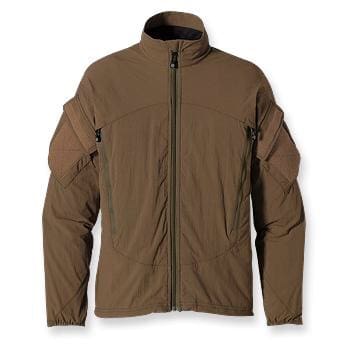
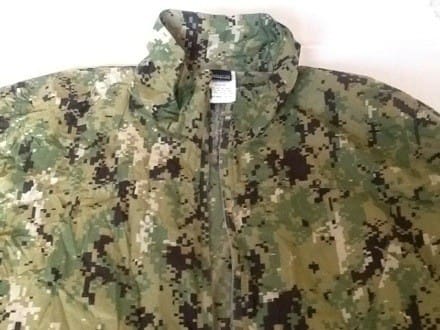

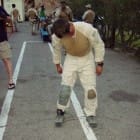
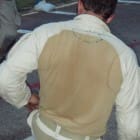
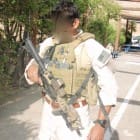
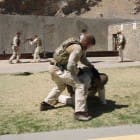
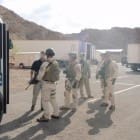
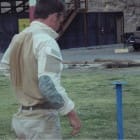
Didnt even know Patagonia made military specific products. I really love their products, Ive had a vest for years that went through all kinds of climates, still look and feel great.
I really enjoy write ups like this. I wish more information was available on this line, as I’d be interested to learn more on their materials/fit/build specs and such. Wonder how it stacks up to LEAF and OR stuff.
That’s the point of this series
Still have pieces of original kit with their label inside, rather than USGI. Good stuff, good design all around.
The level 9 system provided to NSW LOGSU1 & 2 leaves a lot be desired since 2012 initial issue and subsequent re-design. That’s why most NSW buys their own Crye Multicams or hand me down Crye AOR1 & 2 from the “varsity” Team.
Patagonia FAIL!
Ed,
NSW get Patagonia because Crye didn’t want to make it for all of SOCOM. The material is made in the same factory as they both have to be made in the US. The only difference is where it is cut an sawn. I have used Crye and Patagonia is some of the worst places in the world and they both work great. The Patagonia LV9 knee pad is one of the best if not the best out there. It is light and you don’t even know that it is there until you need it. I like Crye, but to say that Patagonia is a fail is so far off. It would be good if people would state facts, not just burb out something that is negative, and ” varsity ” really?
Opinions may vary!
I know it’s been awhile since level 9 was first developed, but NSW had the biggest influence over what it looks oks like. NSW got exactly what they asked for.
I really wasn’t referring to looks but rather durability and material/construction. I wore through two pairs of Lvl 9’s in only one month of use each, both in ULT. Yes the newer knee pads that snap vice the older Velcro version are an improvement however; material and sewing still shred.
My $0.02, Out
I agree with Ed on the first iteration of the Patagonia Lvl 9s. Something was absolutely wrong with the sewing or fit of the pants. We had a near 100% fail rate of pants crotches blowing out at a couple of blocks of training.
I have heard they have since improved. However a bad taste has been left many mouths due to the initial subpar fit/construction. In addition, it was not initially reacted to well within the community and people in power telling lower levels that “they were wearing their pants wrong”.
This is true, NSW is great at hamstringing itself at times.. But LVL9 fit is so poor and crotches so weak I keep the Patagonias in their plastic and continue to buy or wear out old Crye. My large regular LVL9 op top has the arms sized for Mr. Olympia and the chest and waist sized for an 8 year old, what did the mannequin look like? I hope it’s the Navy messing something up and not something nefarious on Pata’s, because I too really value my Pata civvie clothes, they make great pants.
Sadly Patagonia is extremely liberal politically and anti-gun yet they have zero problem aiming for Government contracts……
I just looked on the anti-2A list. Patagonia wasn’t there.
http://www.2acheck.com/the-boycott-list/nras-list-of-antis/
B-b-but their HQ is Kaliforniya, that place is the worst!
…….he wrote from his electronic device that was probably developed in Silicon Valley.
https://www.gq.com/story/patagonia-versus-donald-trump
F*** Patagonia. I don’t care how great their products are
Seriously? Why?
Sounds like this snowflake just got triggered by a company using their right to free speech to protect nat’l parks.
I’m not aware of Patagonia getting involved in gun debates, but it wouldn’t surprise me if the came out in support of a new AWB.
Re your link, I was going to ask if that was an anti-2A list, or just an anti-NRA list, but the answer seems obvious. I’m surprised that haven’t relabeled it an anti-civil rights list.
Can you cite where they’re anti-gun? I know Patagonia took a hard stance against Cadet Bone Spurs for shrinking the size of Bears Ear Nat’l Monument and Grand Staircase-Escalante Nat’l Monument to promote commercial development but I’m unaware of their anti-gun stance.
And if they are anti-gun?
It’s cute that you call him Cadet Bone Spurs. I bet the 16 year old meme nerds really look up to you.
We should be able to put politics aside when respecting a company that produces equipment in America to a degree of quality that brave Americans trust enough to take to war. I am sure many visitors to this site have friends and family that died wearing a Patagonia uniform. On a lighter note, despite lacking back pockets and a stretch crotch, I feel the Patagonia pants fit better than the Crye’s.
They’re definitely being very “activist” as a company to protect the environment, and that does include taking a stand against Trump’s government’s continuous deregulation on environmental protection.
And tbh if you think protecting the environment the way they promote is bad, well…. either that’s because you make a lot of money from this deregulation, or you’re wrong.
I haven’t seen anything from them against gun rights.
Explain to me what’s bad about Patagonia being a proponent for protecting natural resources. Are these comments coming from the same people that hunt and fish and backpack these resources? Personally, I’m grateful
Well said!
Fantastic article about a fantastic company. Looking forward to the rest of the series.
The politics of a company have never influenced how I vote. If their product is the best for what I need it to do, then I don’t give a shit about what they believe. I don’t care enough about them or their feelings, just that I get my money’s worth out of their product.
Why do I need them to validate my feelings before I can wear their clothes?
Great article, Eric! Love the history you’re sharing with this series.
Agreed. Thanks SSD.
Flakey though they can be at times, I don’t hate Patagonia, and I do use a bunch of their MARS stuff. However, it wasn’t too long ago that they didn’t want to be publicly associated with the U.S. military, and they they thought it would hurt their core customer base. Guess they changed their minds.
That’s a good point and I think it is still a significant and substantive concern for them. Yet, there they are – they still wholeheartedly continue the mission of developing some of the best gear ever fielded to us. I think they’ve shown they’re in it for way bigger reasons – way more than “a government contract”. I think that’s pretty kick ass.
” it wasn’t too long ago that they didn’t want to be publicly associated with the U.S. military”
I’m calling bullshit. Cite your source, or, bull shit, fake news.
I think he is confusing them with the north face
I gave up north face clothing, but yet hear anything from gonia….